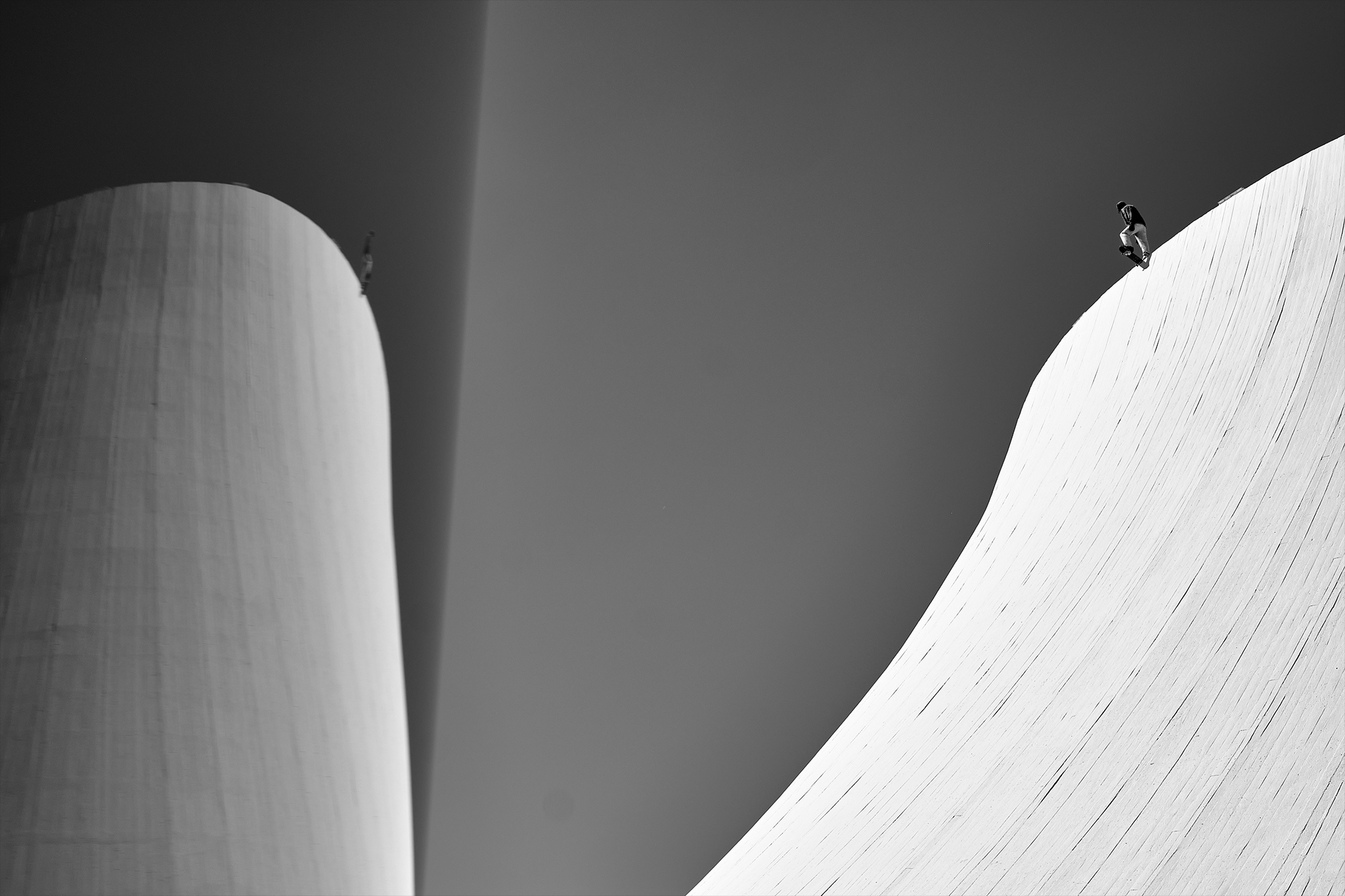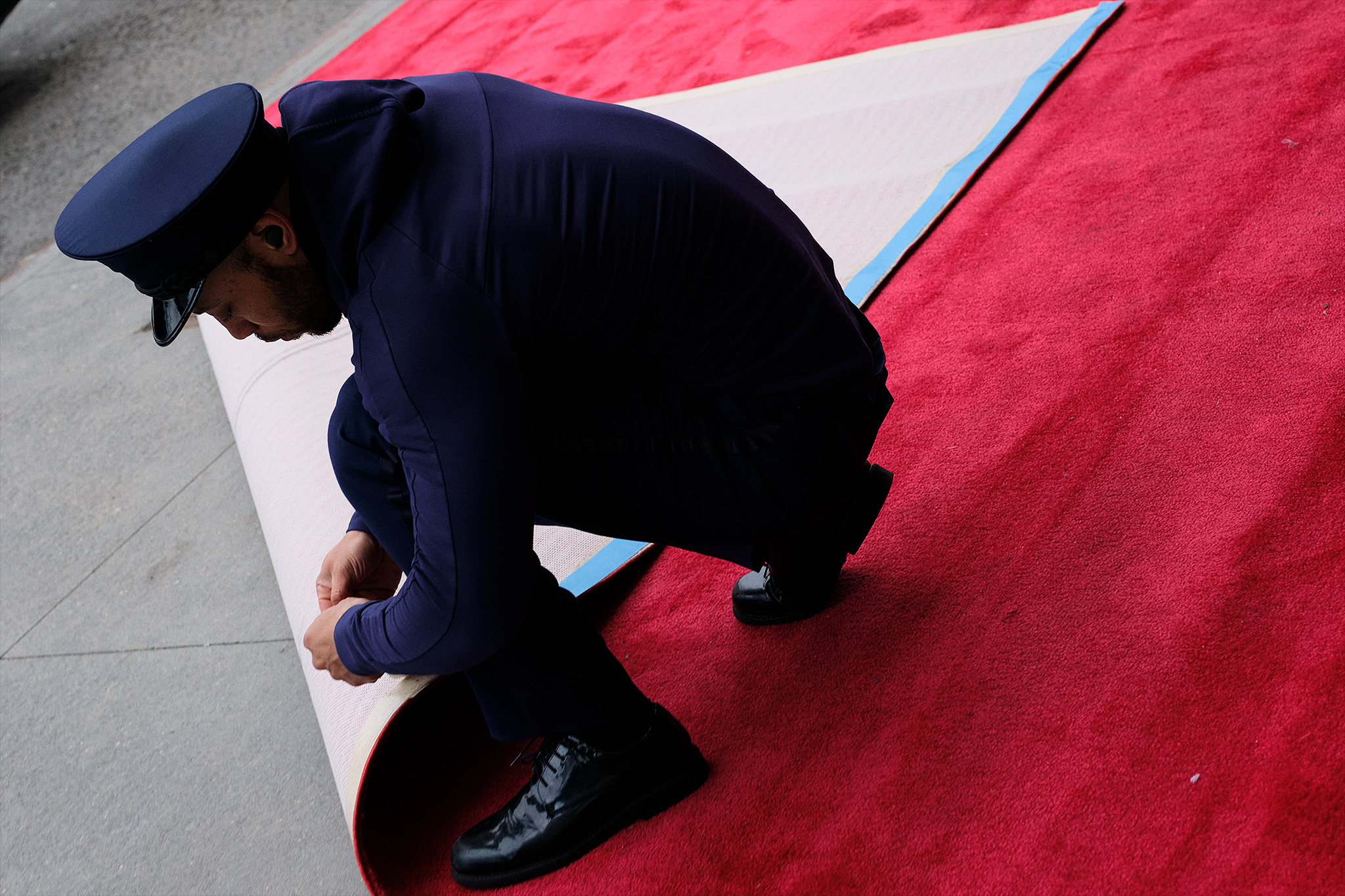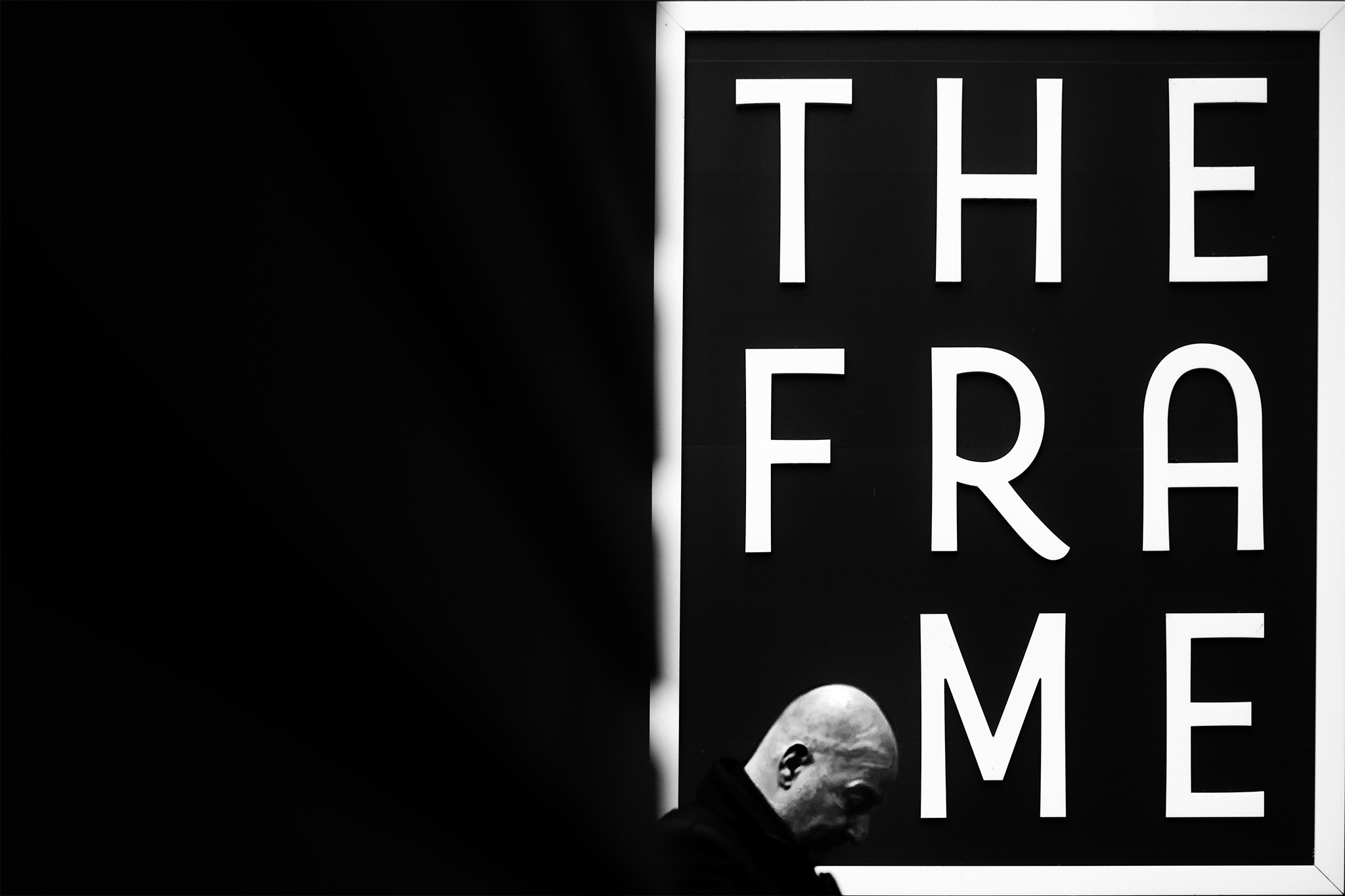 Journal
Journal
Street Photography And The Art Market
Capturing the Zeitgeist
Street photography, with its roots stretching back over a century, captures collective memories, yet it defies the rigid rules of documentary photography by framing moments that are open to interpretation. These candid frames serve as more than mere visual storytelling; they become time capsules—cultural artifacts.
The Silent Witness
Consider this: Today’s seemingly mundane relics—a bustling street corner, a vendor’s cart, a child’s laughter—may evolve into historical artifacts. When future historians peer through the lens of these opinionated frames, they’ll glimpse our zeitgeist—the spirit of our times.
As the sands of time sift through the frames of street photography, their value appreciates. Each candid click becomes a silent witness to our collective narrative—a slice of life frozen in pixels. These unassuming relics, once overlooked, now hold the whispers of history. And as the years pass, their worth transcends mere currency; it becomes a testament to our shared existence.
The Collector’s Palette
Market studies reveal intriguing motives behind art acquisitions, especially among high-net-worth collectors. Above financial investment, their priorities align with the essence of art:
- Aesthetics and Decorative Considerations: The allure of a well-composed frame—the interplay of light and shadow, the geometry of chaos. Collectors seek beauty that resonates with their surroundings, enhancing their spaces.
- Passion and Expression of Personality: Art isn’t just adornment; it’s an extension of self. The collector’s walls echo their passions, their quirks, their inner dialogues. Street photography, with its raw authenticity, speaks volumes.
- Pleasure and Social Connection: The joy of discovery—the thrill of owning an unrepeatable moment of time. Art bridges solitude; it sparks conversations at soirées and gallery openings. The street photographer’s lens captures not only scenes but also dialogues waiting to unfold.
Beyond Ink and Paper
When collectors acquire these glimpses of existence, they invest in more than mere ink and paper. Each acquisition becomes a conduit—a bridge connecting the present to the past, the individual to the collective. It is a transaction that transcends the tangible.
In the quiet corners of galleries or the virtual halls of online platforms, they curate their narratives. The street photograph, framed and hung, becomes a mirror reflecting their aesthetic sensibilities, their passions, and their longing for connection. It whispers stories of distant streets, unseen faces, and the pulse of humanity.
The Art Market Resurgence
Like a phoenix rising from the ashes, the global art market has defied the pandemic’s grip. Surpassing pre-COVID levels, it now soars at an impressive $67.8 billion (2022)—a testament to humanity’s unwavering love for creativity and expression. But what fuels this resurgence? Let’s delve into the canvas of change.
Photography and Prints: A Significant Slice
Photography, prints and multiples, often overlooked in the grand gallery halls, constitute around 10% of the global art market. Compare this to sculptures at 13%.
Yet, within this seemingly modest slice lies a powerful genre: street photography.
Online Sales: The Virtual Galleries Thrive
The virtual galleries hum with life. While they dipped by 17% year-on-year, they remain 85% higher than their pre-pandemic counterparts. The digital brushstrokes, once tentative, now paint a vivid landscape. Collectors, armed with screens and curiosity, explore pixels as they would canvases.
These curators of dreams waltz between physical exhibitions and pixelated screens. Their mission? To deepen connections with collectors. But it’s not just about aesthetics; it’s about dialogue. Art fairs, online sales, and exhibitions remain vital, but there’s a new compass: geographical reach. The next five years beckon with opportunities to discover untrodden paths, new art forms, and portfolio distinctions.
Archives Are Entry Gates to New Worlds
Street Photography is a sleeping giant, but also hard to navigate due to its broad landscape and the massive uptake through the democratization of photography. Archives serve as entry gates. They guide you through legendary and contemporary masters of its many subgenres. A curated archive that showcases art excelling in storytelling, aesthetics, timing and Zeitgeist is a treasure trove for anybody who is interested in what is often cited the hardest genre of photography.
Collectors Seeking Aesthetics and Hidden Gems
The savvy art collector, the connoisseur of pigments and pixels, seeks more than adornment. Their priorities align with the essence of art—let’s recapture:
- Aesthetics and Decorative Considerations enhancing their personal space
- Passion and Expression of Personality which can be found in the beautiful stories that resonate with you.
But also: - Hidden Gems: Beyond the marquee names, they seek the whisperers—the overlooked, the emerging. Digital platforms are their compass, leading them to new market segments and artists.
Street Photography’s Multifaceted Soul
Street photography defies easy categorization. It can be a mirror reflecting society, capturing candid moments of everyday life. It can be the photographer’s unique interpretation—a visual symphony of light and emotion. Or perhaps it’s just about aesthetics—the play of lines and shadows. But what all street photographs share is storytelling—a quest for resonance in the viewer’s mind.
On a deeper level, they embody:
- Visual Storytelling: Capturing the pulse of life—the laughter, the solitude, the fleeting glances.
- Unique Identities: Reflecting regional cultures and communities—their struggles, their celebrations.
- Social Growth and Strife: Documenting changing times—the evolution of streets, the rhythm of cities.
- The Unrepeatability: The worth of street photography lies not only in aesthetics or market trends, but in its very essence, the unrepeatable. The light, the shadows, the expressions—they align once, then vanish. No two moments are identical. Street photography thrives on spontaneity and the skill of anticipate, see and immortilize this fraction of time into a beautiful composition.
Debunking Myths: Contemporary Art and the Living Artist
The legend persists: Only the works of deceased artists find their way into auction houses. But the truth? Contemporary art thrives—a vibrant tapestry woven by living artists. Auctions reveal a fascinating mix:
56% from Deceased Artists: Yes, the classics endure—the brushstrokes of masters long gone. Their legacy lives on, commanding admiration and investment.
44% from Living Artists: But here’s the revelation—the pulse of today’s canvas. The living breathe life into their creations, capturing our zeitgeist. Their art whispers of now, of change, of resilience.
To be more precise, the summands are
- 21% from Living Artists works that were created before the millenium
- 23% from Living Artists that were created in the 21st century
A Juxtaposition of Collectors and Market Trends
Young Collectors and Niche Markets
Young collectors, armed with organized plans, tread a curated path. Niche markets beckon—they intrigue, they challenge. Street photography, with its raw authenticity, may become an entry gate. Here, fresh perspectives bloom, and collections burgeon. Impressive collections can be acquired very fast.
Experienced Collectors and Emerging Talents
The seasoned collector—their tenure measured in decades, their walls adorned with stories. Over the years, both their judgment and their desire for discovery grow. New and emerging artists claim their share:
Under 2 Years of Experience:
These fledgling talents capture up to 35% of the collector’s expenditure. Their pigments and pixels, unburdened by tradition, evoke curiosity.
Over 20 Years of Collection Experience:
Here, the seasoned eye seeks the pulse of the new. Established artists, too, find their place—50% of the collector’s investment. The waltz between tradition and innovation continues.
HNW Collectors and Photography
High-net-worth collectors allocate more than 15% of their collection to photography. Age knows no bounds—whether Gen X, Millennial, or Boomer. Photography is not only emotional and timeless, it is very relatable to everyone.
What It’s Worth?
For photographs taken in the last 20 years, regardless of genre, the median prices in the art world hover around $3500. But what of street photography’s grandmasters? Their work fetch $10,000 to $30,000, occasionally soaring beyong $500,000. The Return on Invest rises the better you’ve collected the right Zeitgeist or discovered the yet to be uncovered visionaries. But it’s worth more than that: This is where memories become legacy.
Disclaimer
This market assessment is based on three main sources. One being the impressive art market studies of Art Basel1 from where I have summarized my observations through 6 consecutive market studies. Another one is the overview of specific street photography selling prices by Christie’s International Real Estate2. The third one being the modest experiences and discussions in the art world by Rouven Kurz- accordingly, this market assessment may differ from the reader’s assessment.


